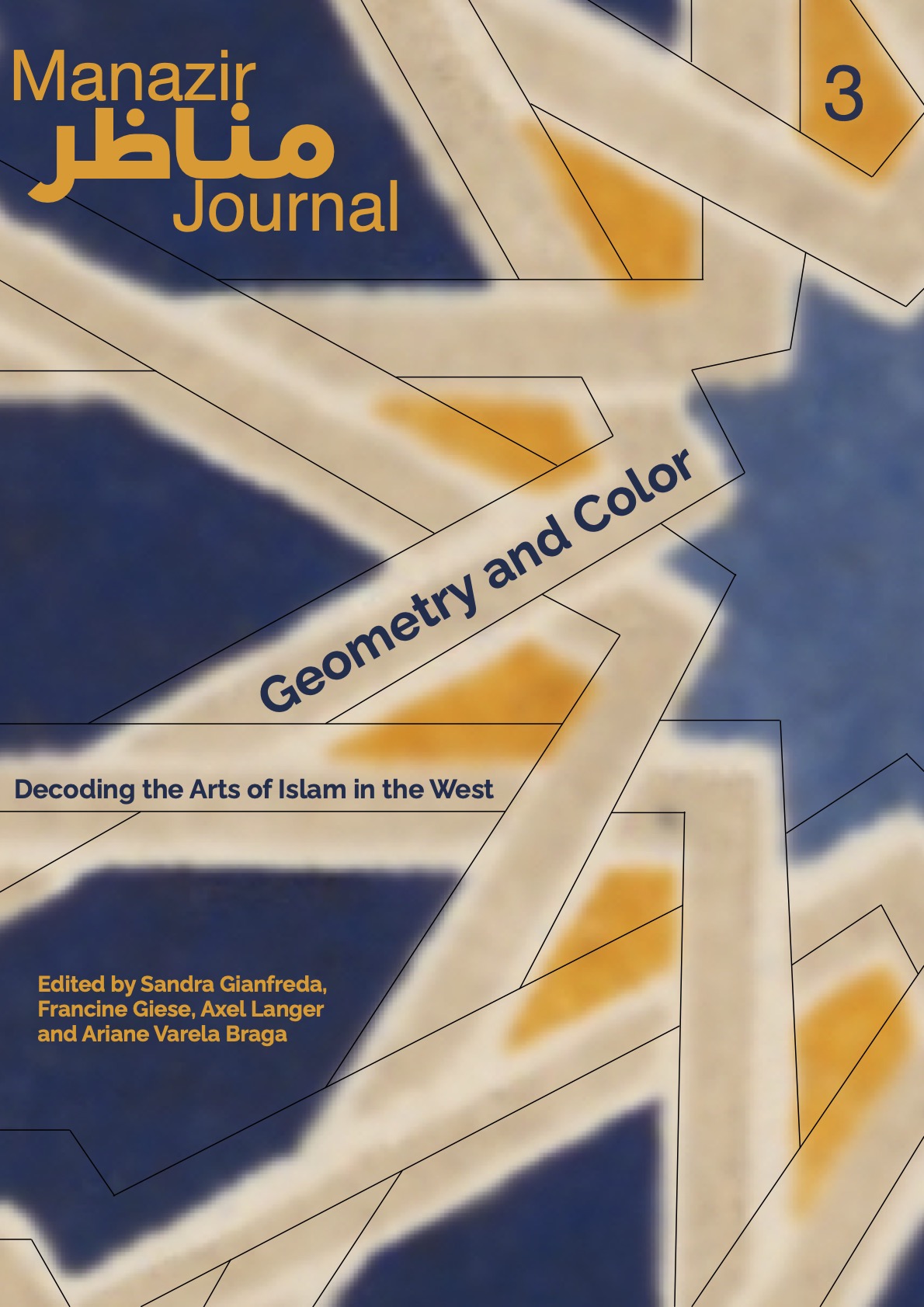Dittmar’s Turkish Ornamental Cabinet
A “Furniture Style Comparison” around 1900
DOI:
https://doi.org/10.36950/manazir.2021.3.5Keywords:
design principles, non-European objects, nineteenth-century art, textbooks, political iconographyAbstract
One of the most formative narratives of the reform movements around 1900 was a departure from earlier creative principles of imitation, now defamed as an inadequate approach. Thus, artists, architects, and designers were called upon to formulate freer approaches to artistic design. Precisely because this narrative of the new and the free, which had become a myth, excluded art of the later nineteenth century—which supposedly only imitated older styles—little attention was paid to how exactly the ornamentation of Islamic art was taken up and artistically exploited in the decorative arts around 1900. Yet, what else can be classified as stylistic imitation and what as freer abstraction? After all, the geometric derivation of Islamic ornamentation offered rich material for abstractions in the sense intended by the reform movements, before it was radically, and very lastingly, banned from the discourse a short time later along with all other ornament. It will be shown that the abstraction of Islamic ornamentation around 1900 was not only triggered by the objects that were increasingly accessible in exhibitions and as holdings of ethnological or applied arts museums at the turn of the century but was already influenced by scientific research and by the textbooks with historical models as they appeared in the course of the nineteenth century.
Downloads

Downloads
Published
Issue
Section
License
Copyright (c) 2022 Elke Katharina Wittich

This work is licensed under a Creative Commons Attribution-NoDerivatives 4.0 International License.








